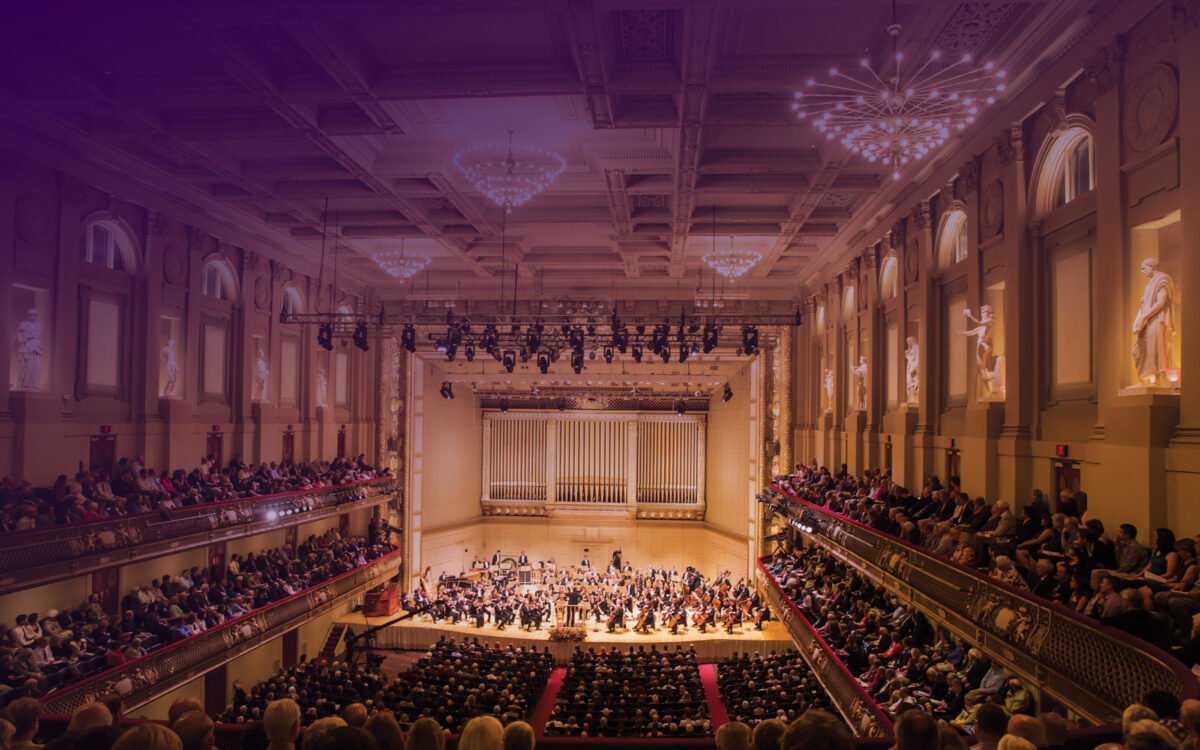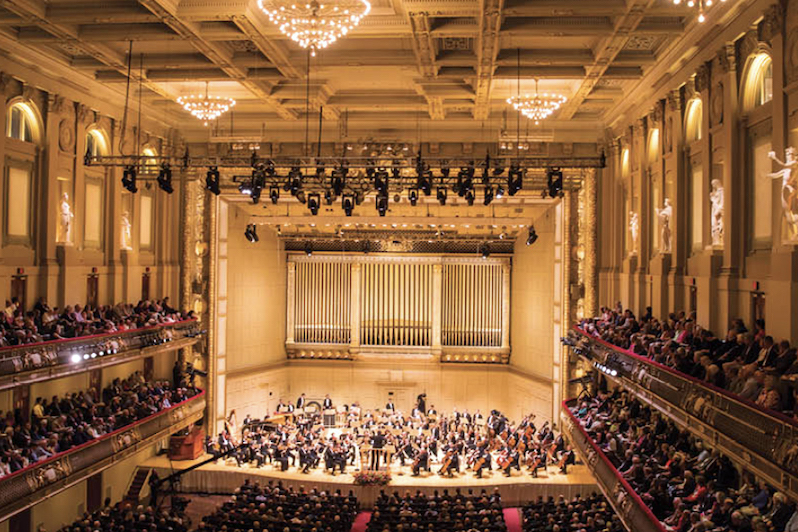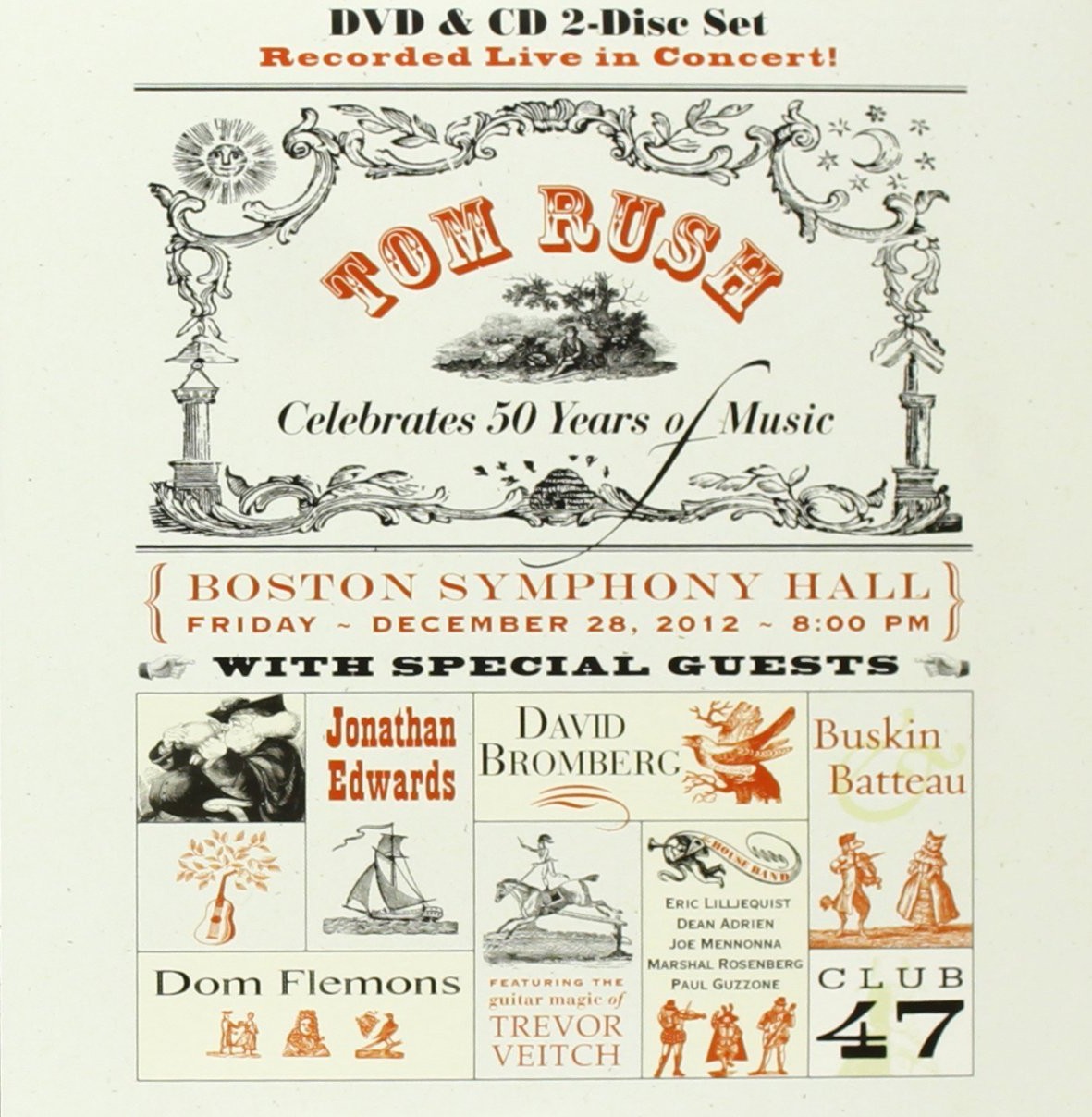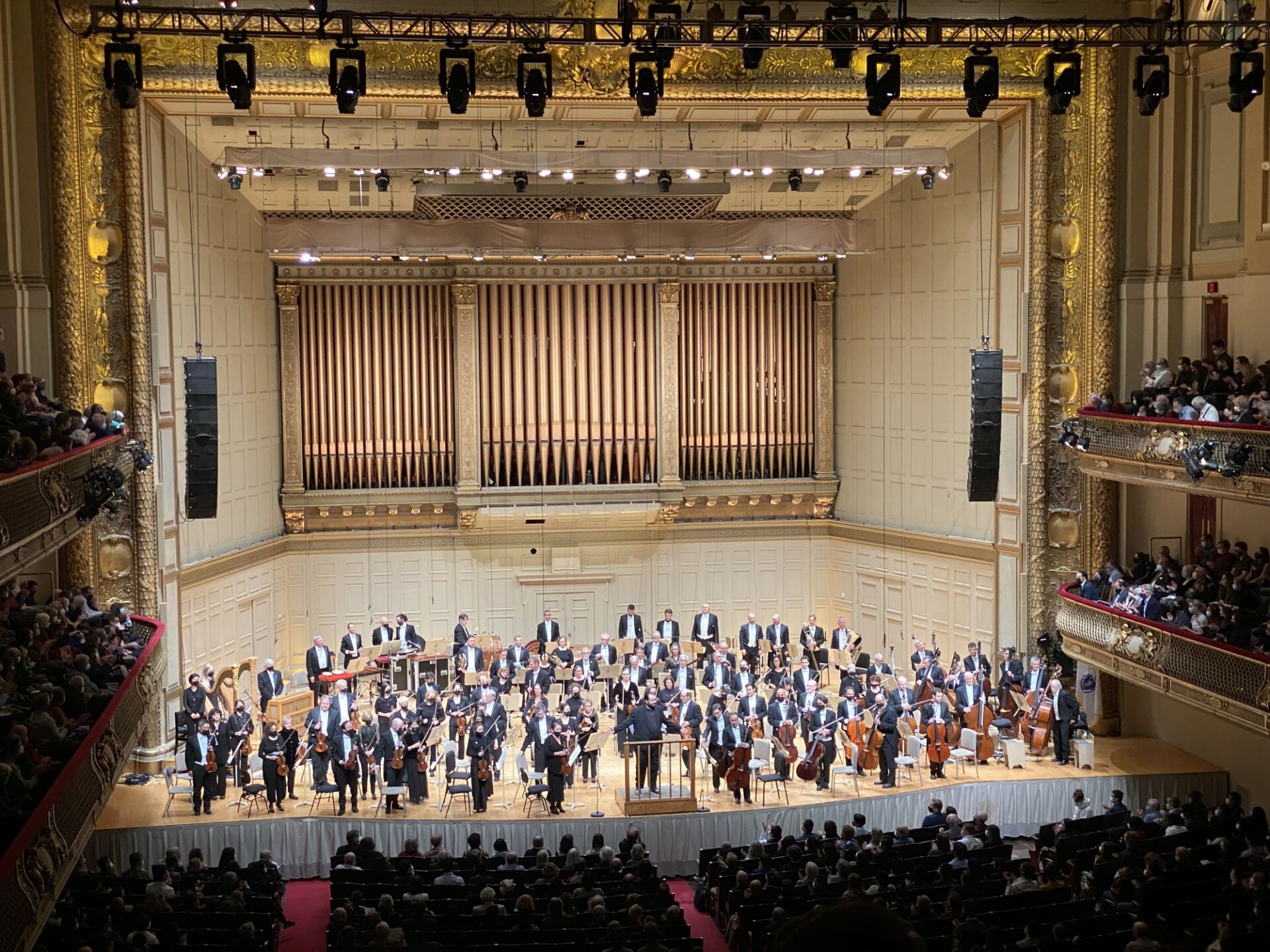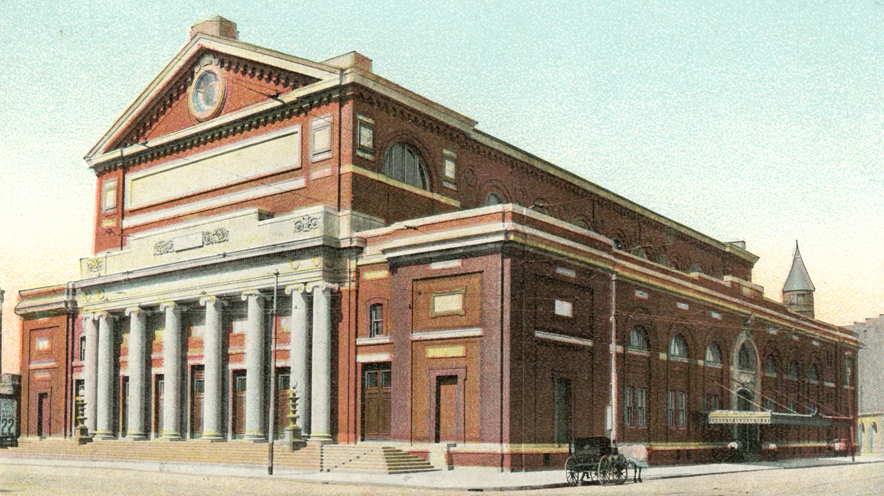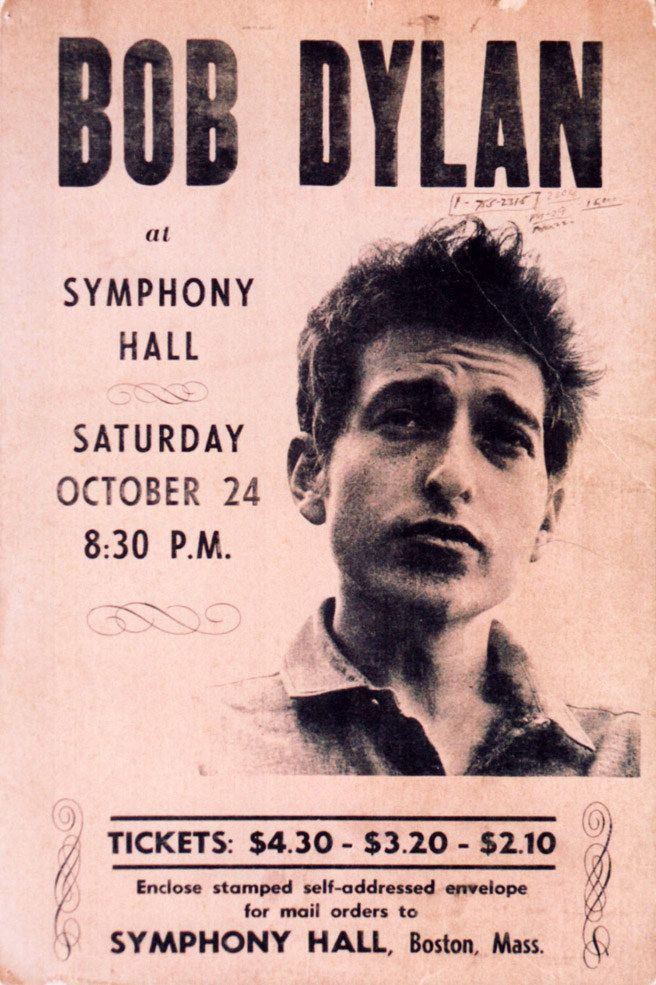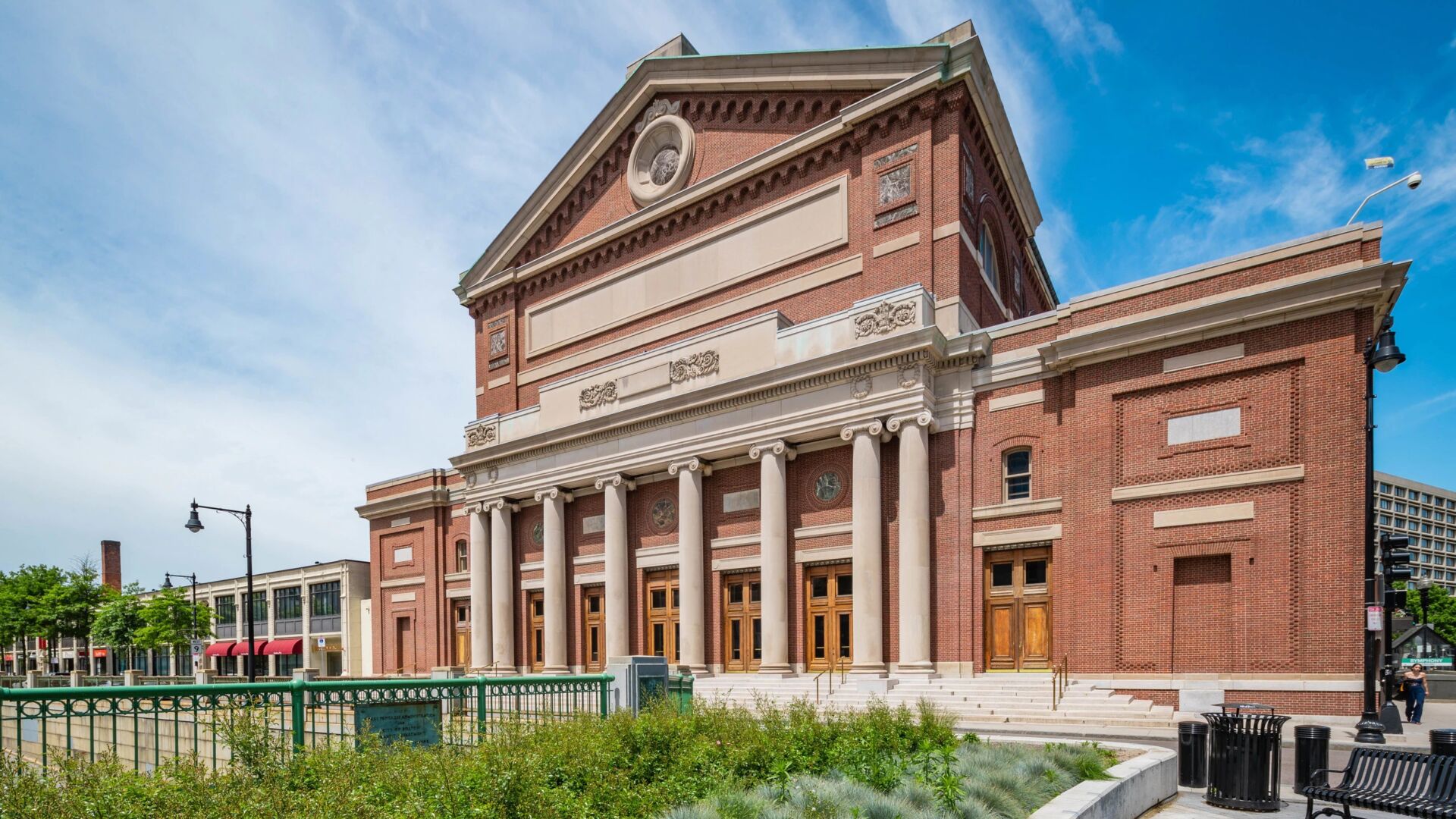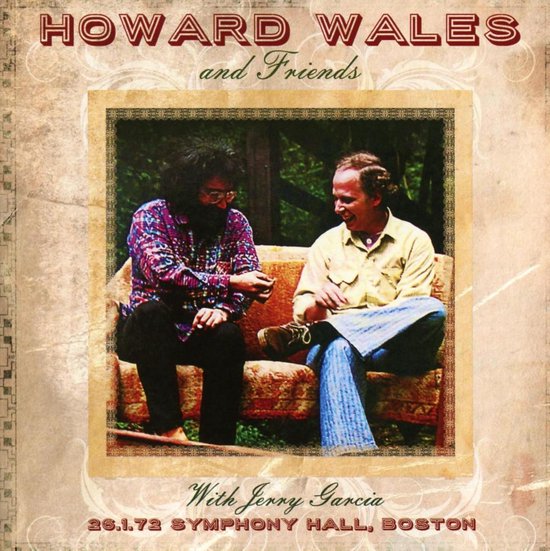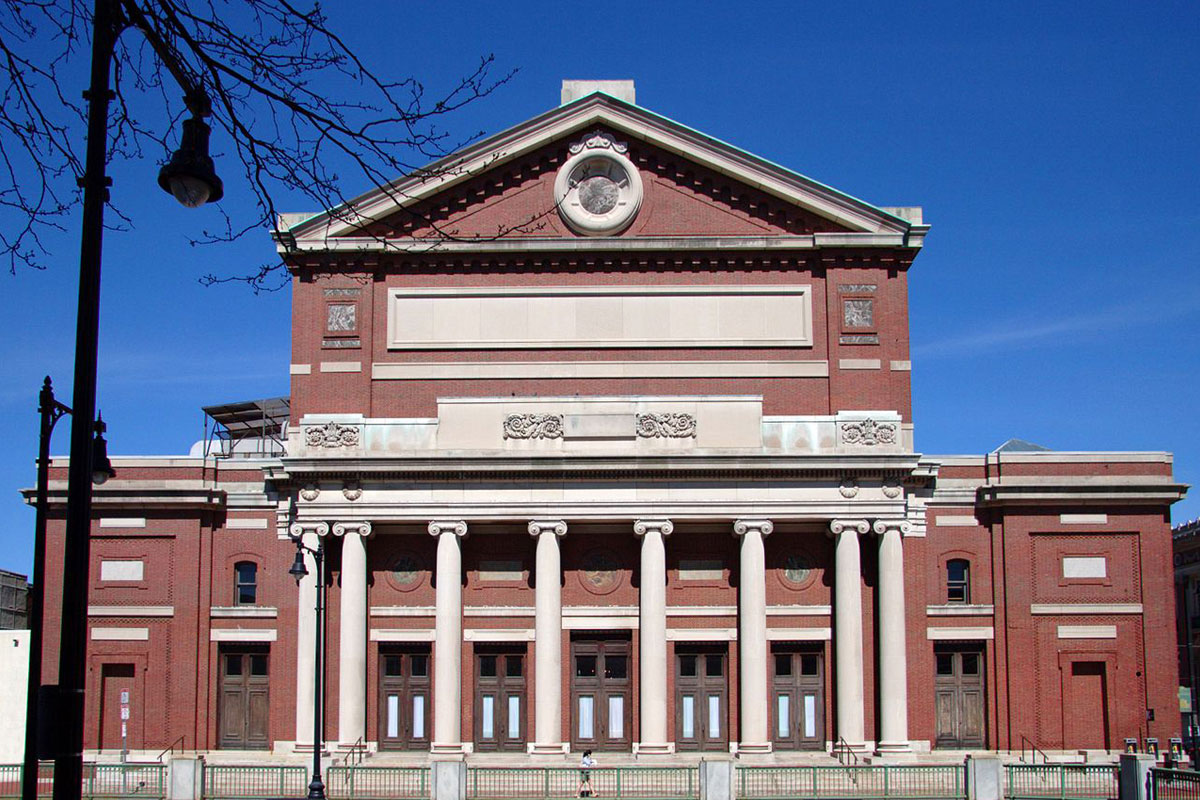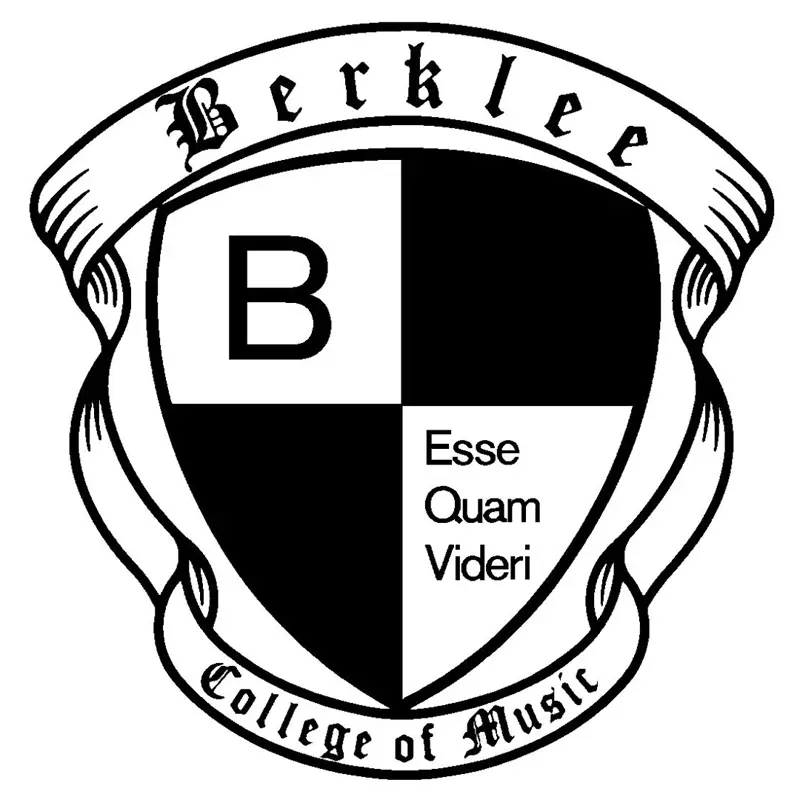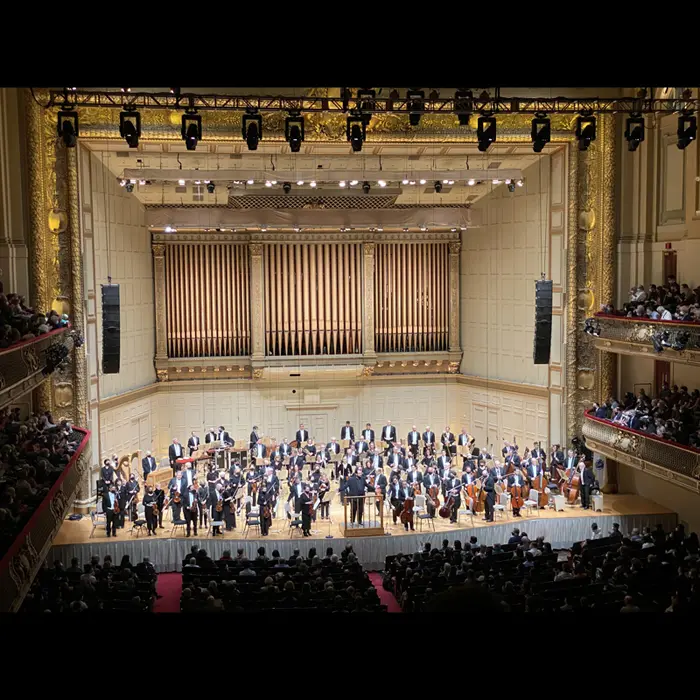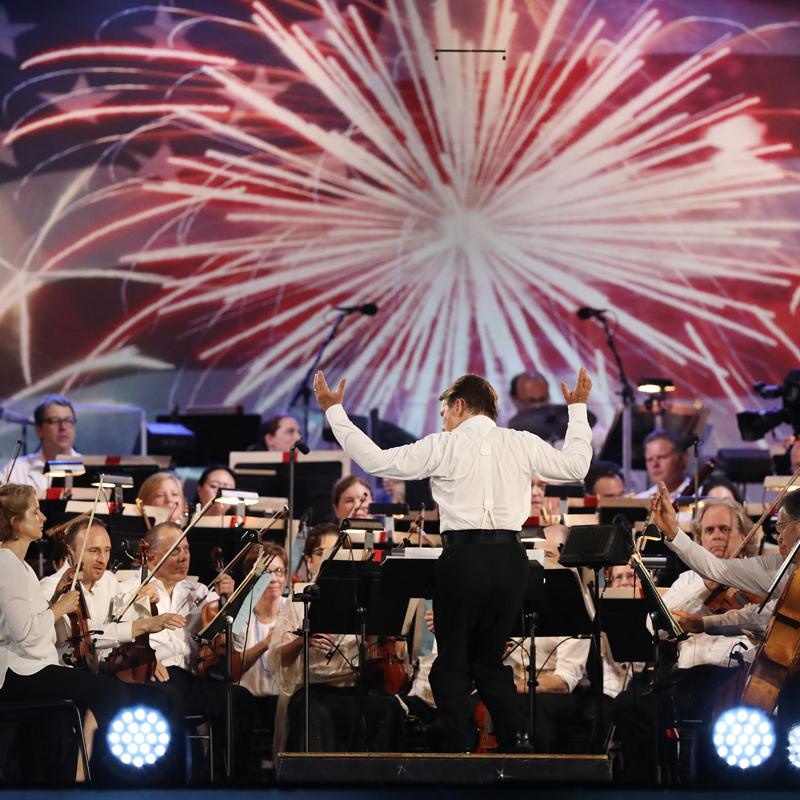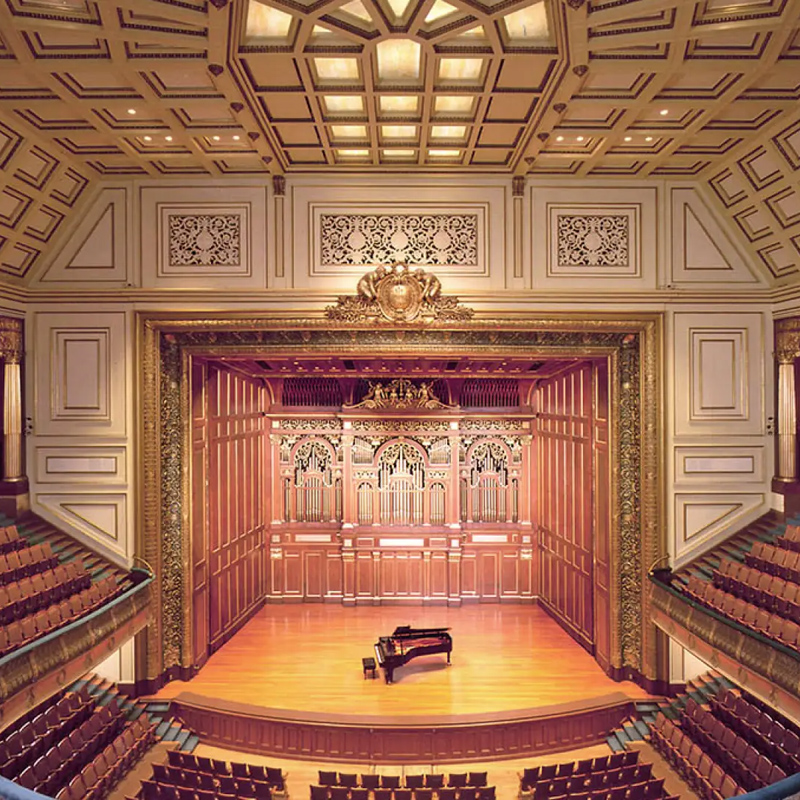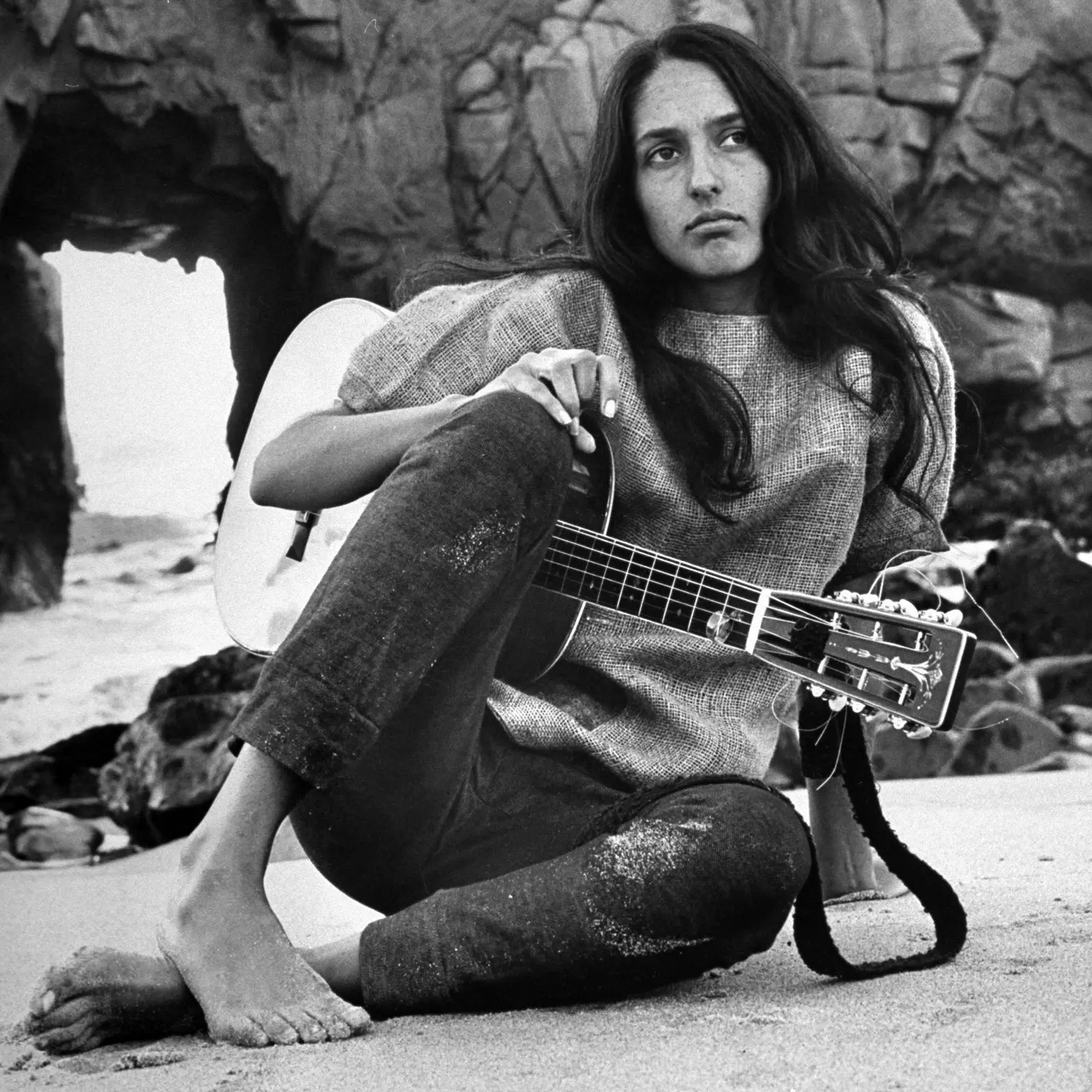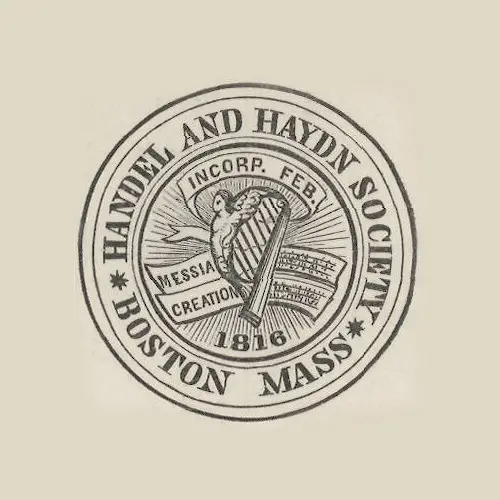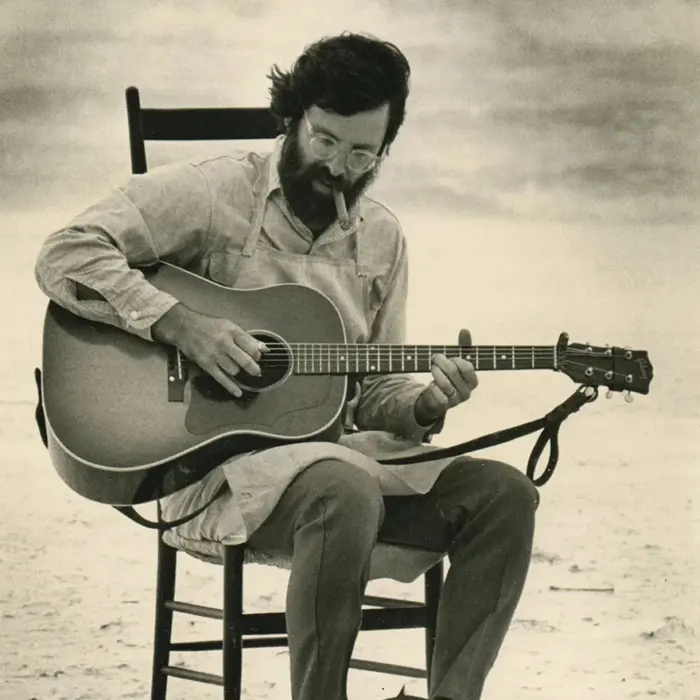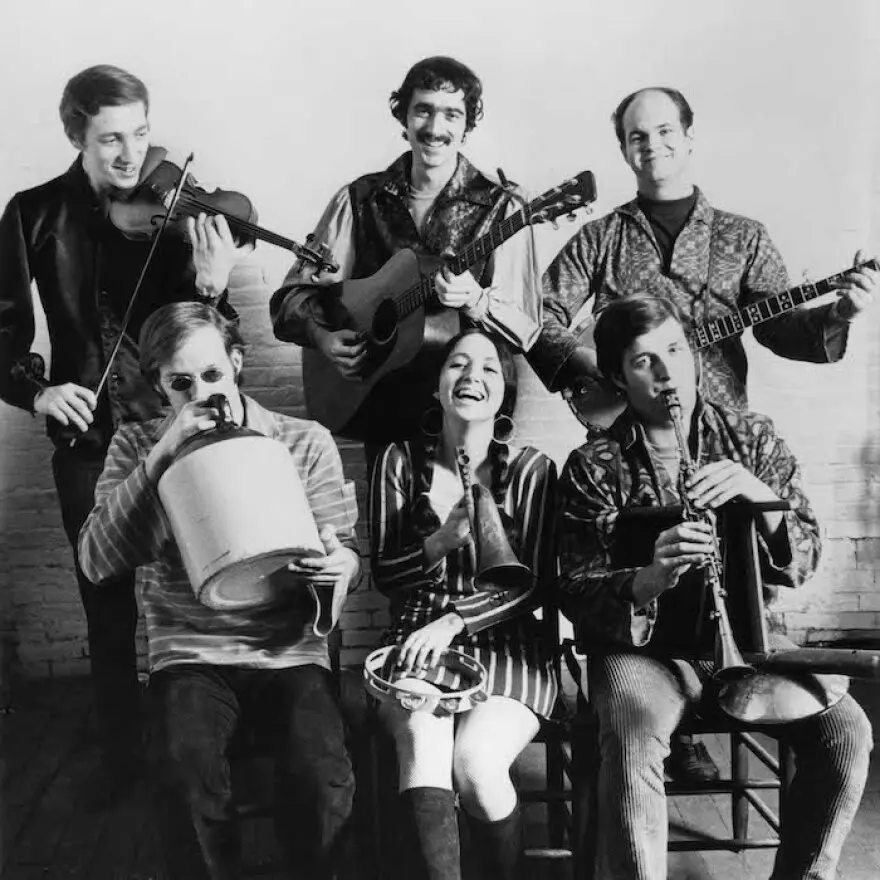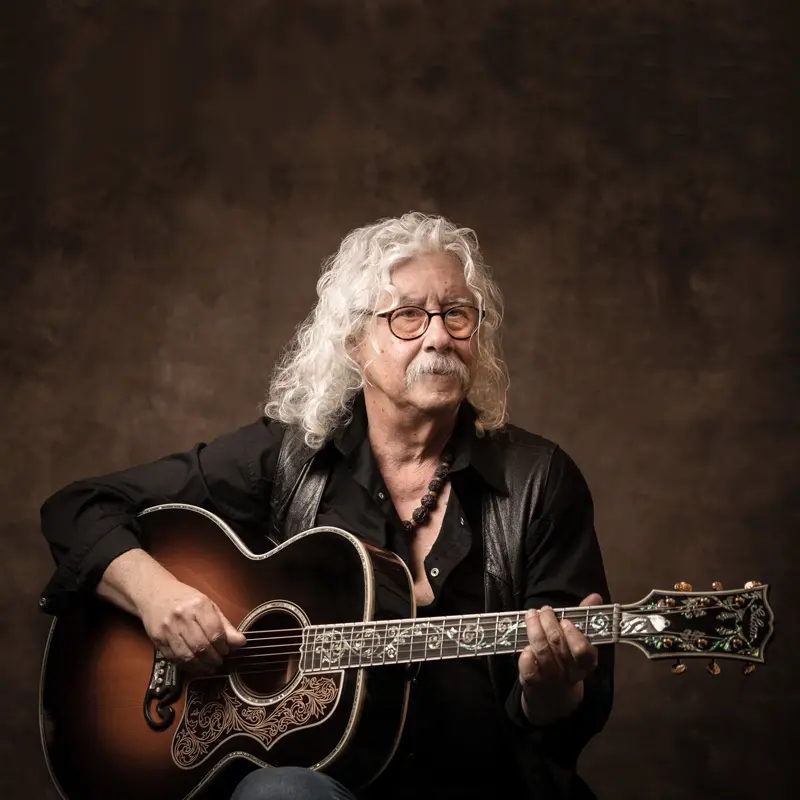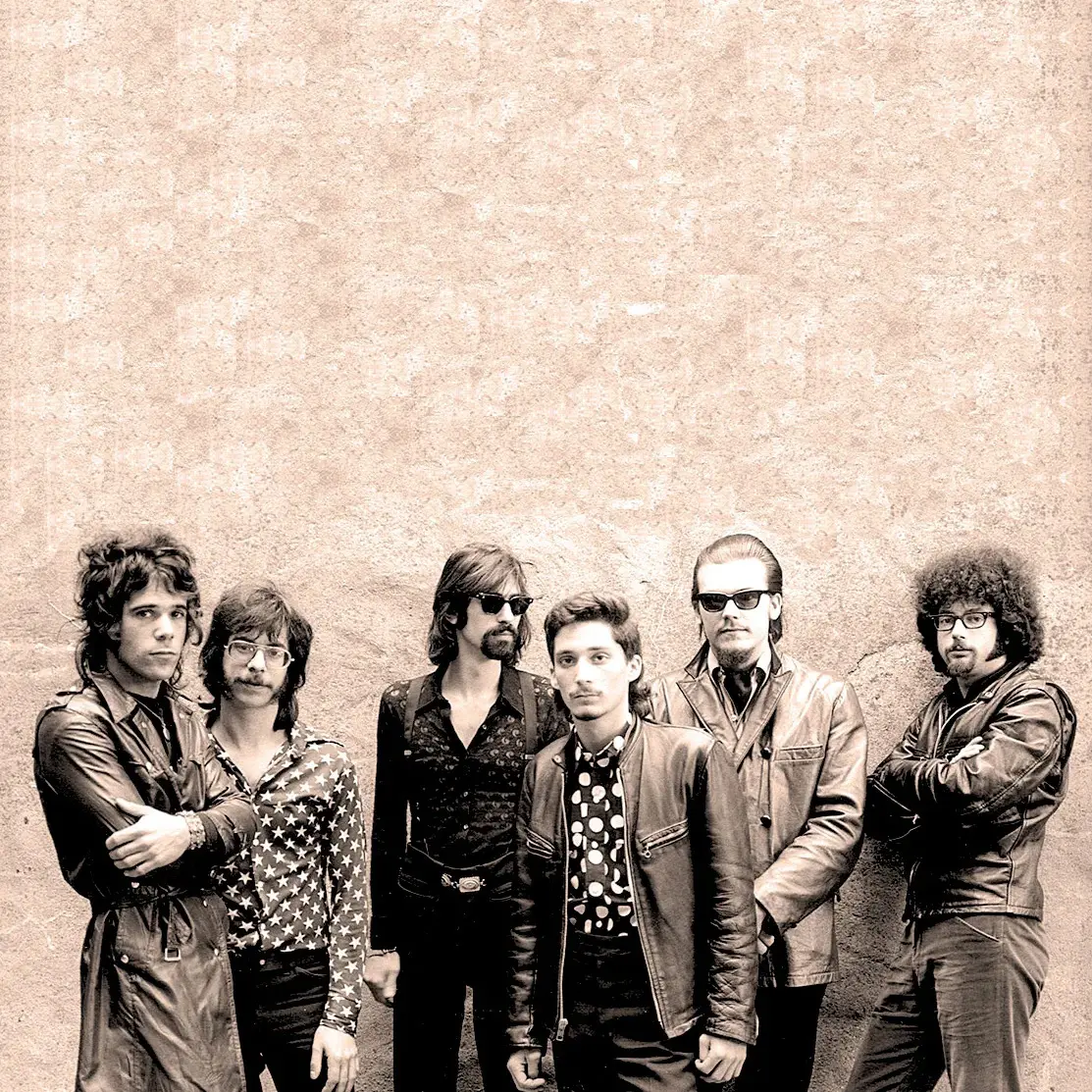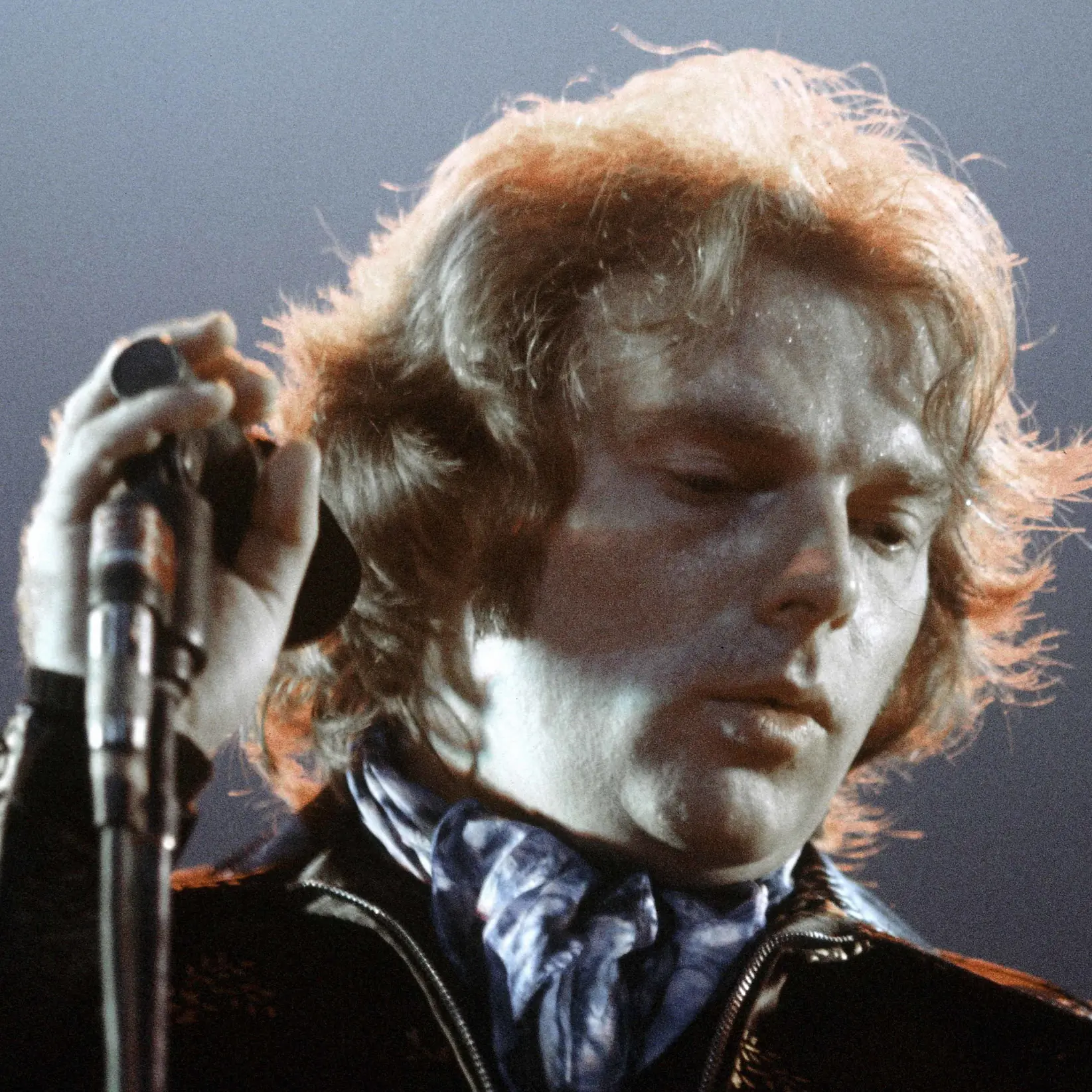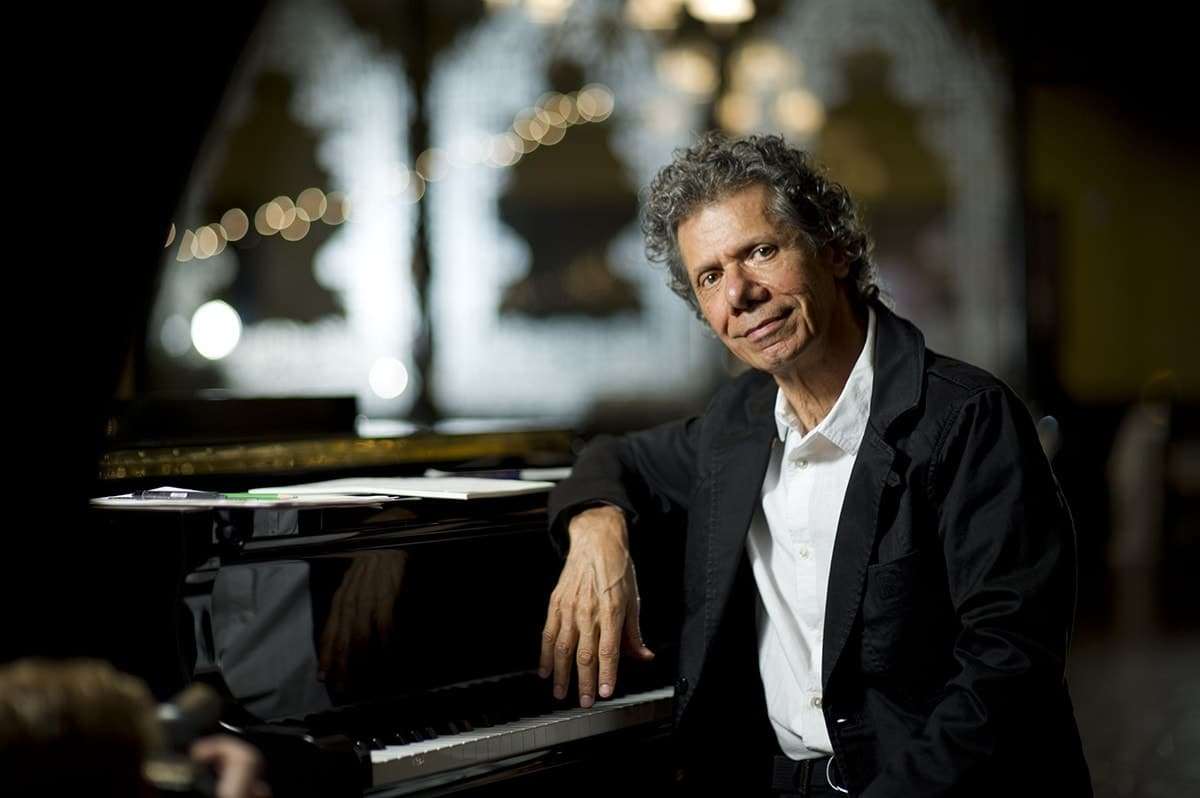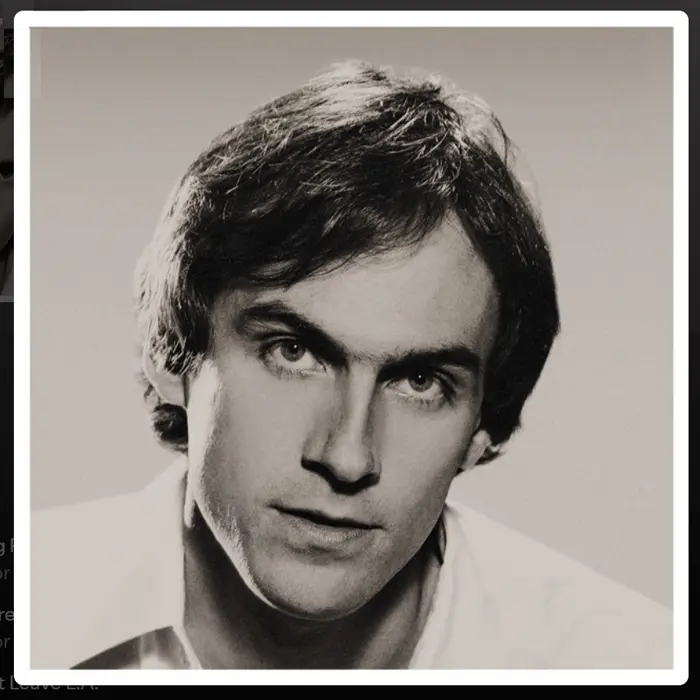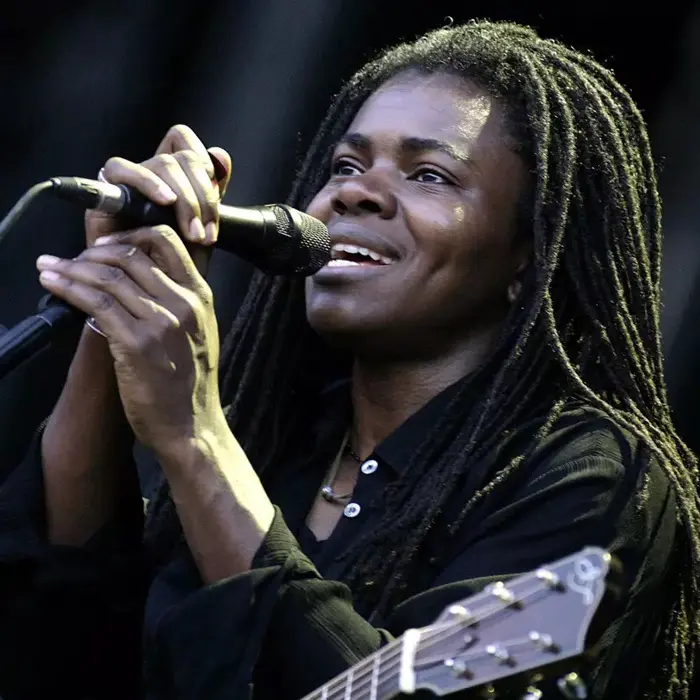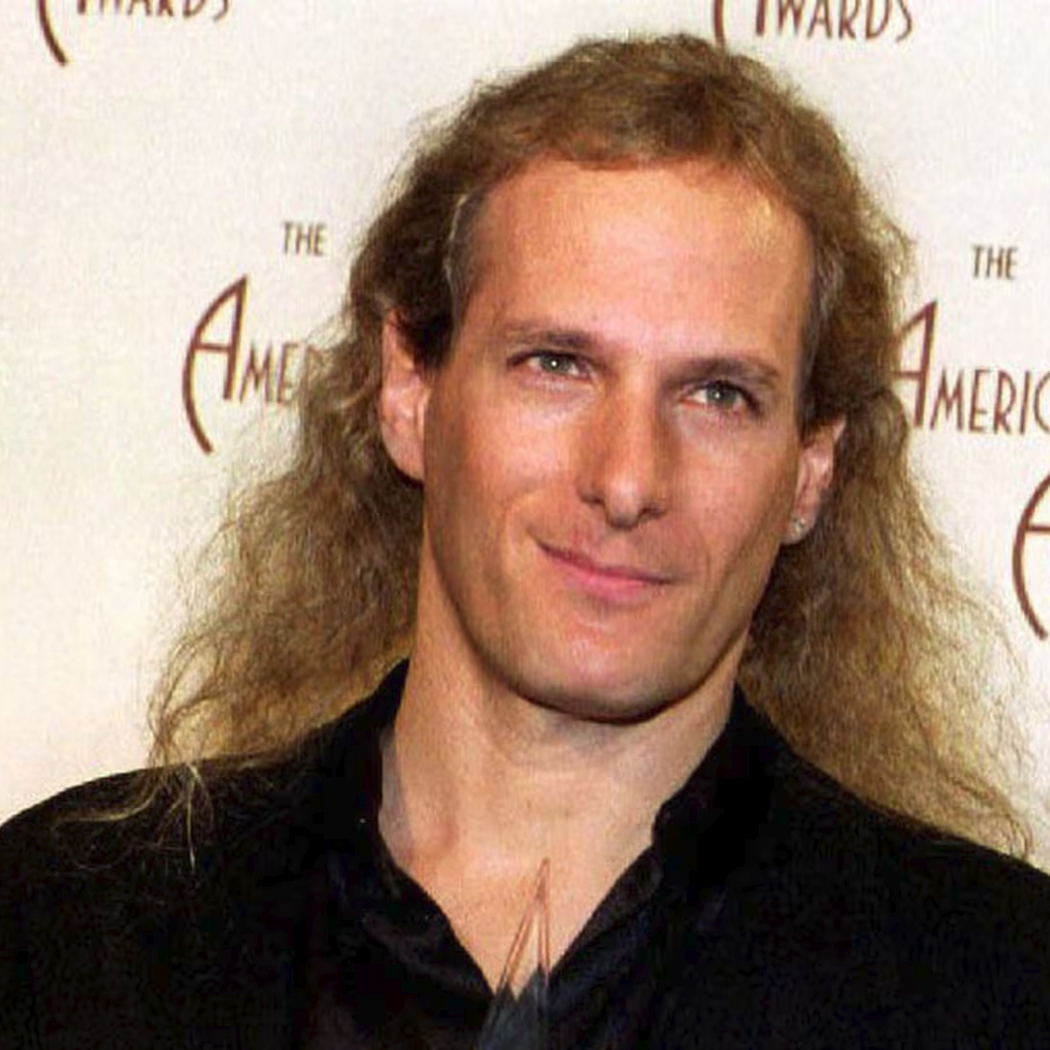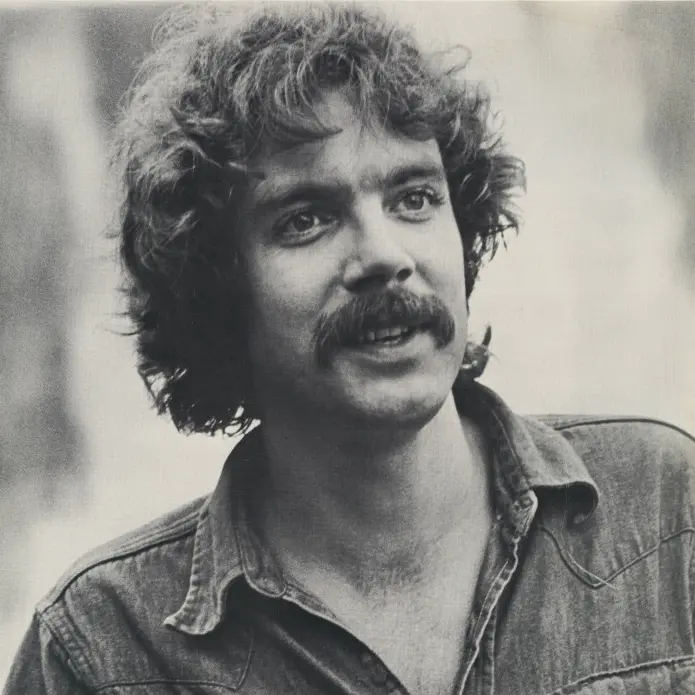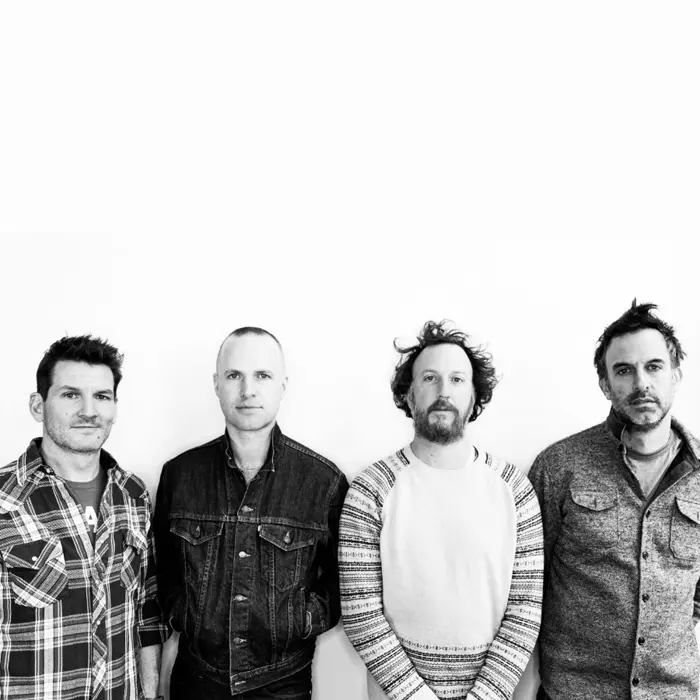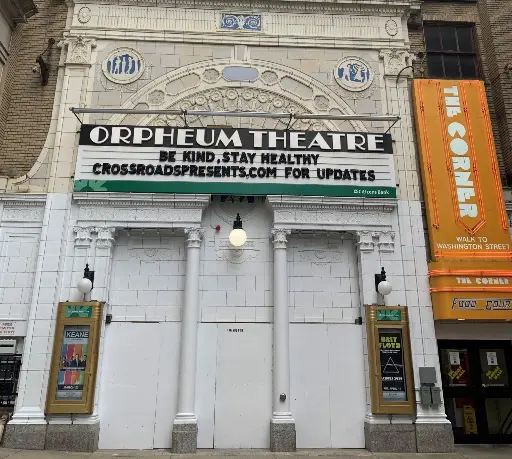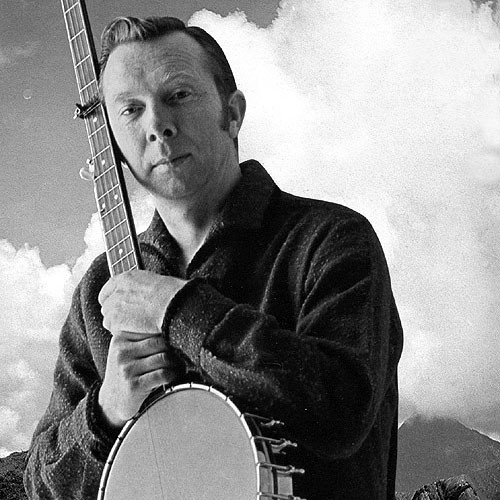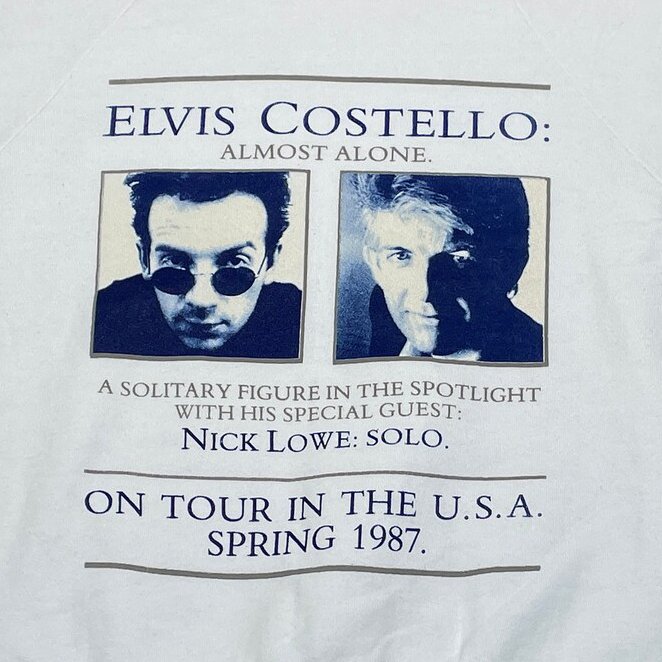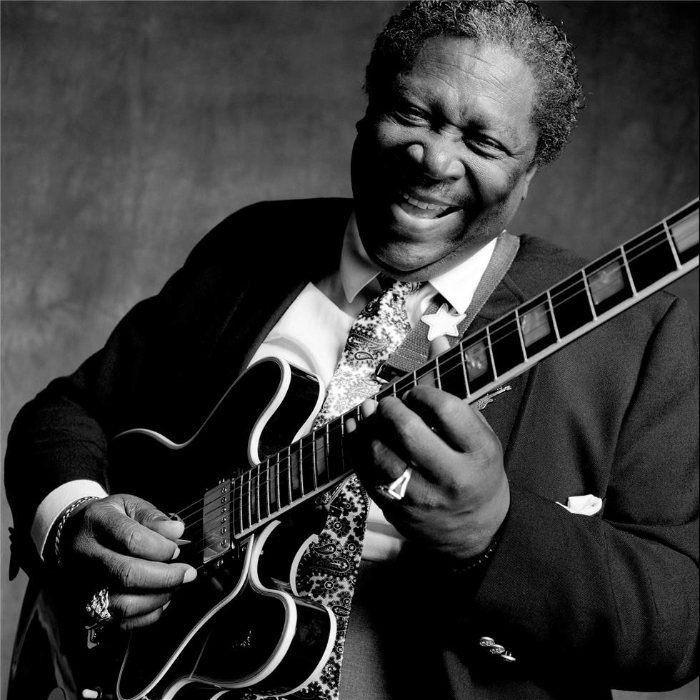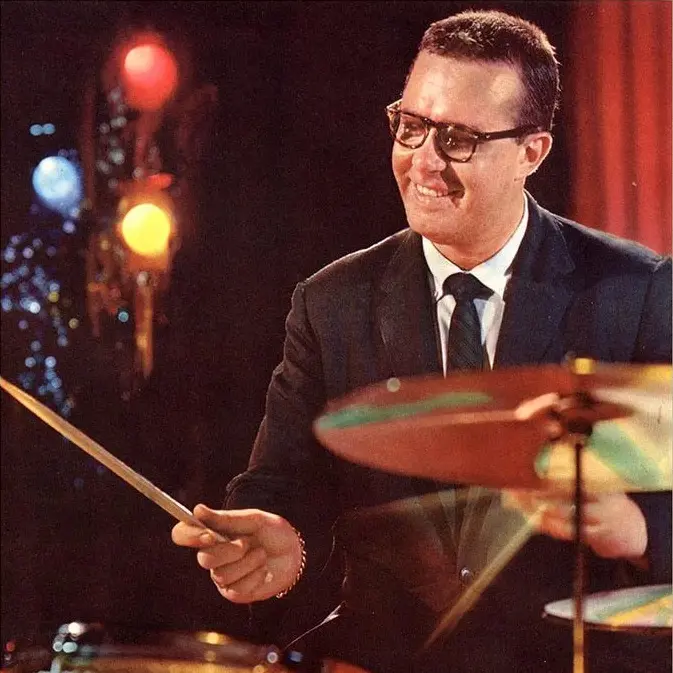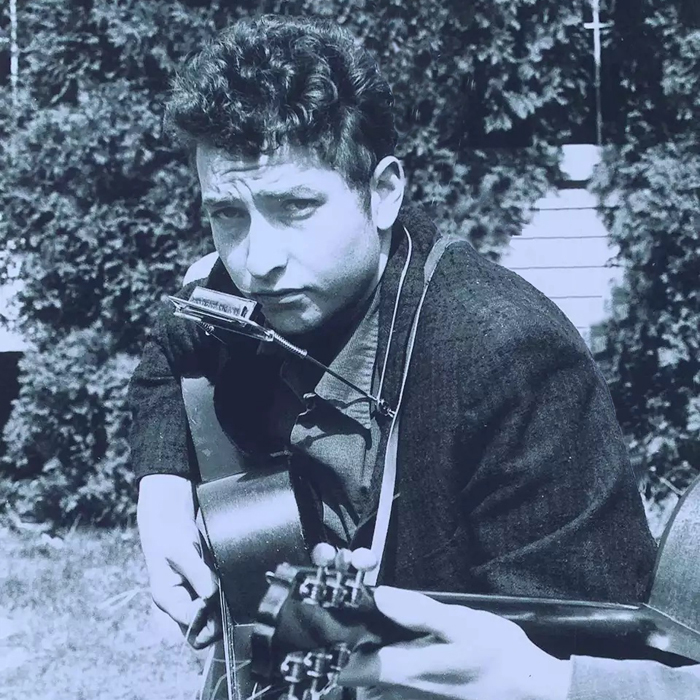Symphony Hall
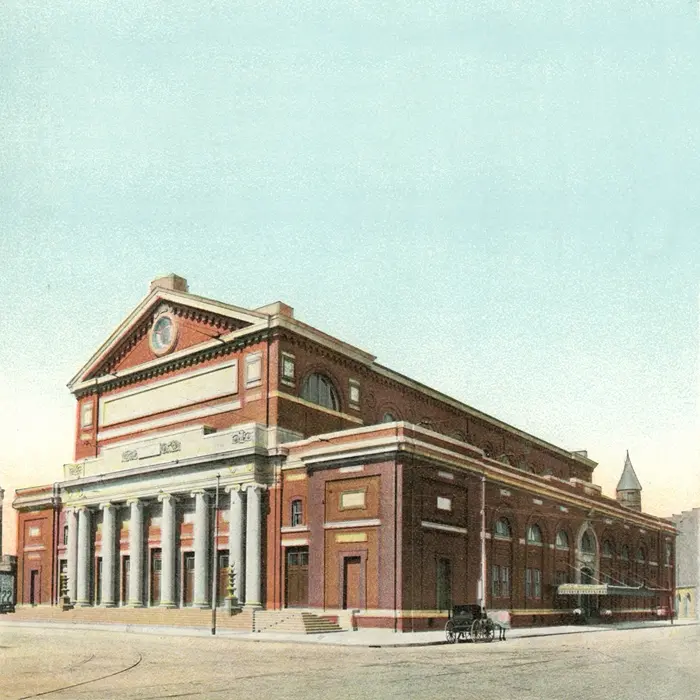
Like an impeccably maintained vintage Rolls-Royce that’s been meticulously modernized, Symphony Hall’s grandeur and global acclaim make it the perfect vehicle for two of the world’s most respected orchestras. Revered by musicians and music lovers in the same semi-divine sense that Fenway Park is by Red Sox fans, its acoustical sublimity is rivaled by only two other venues on the planet and it’s been New England’s most prestigious performance space for over 120 years.
Located at 301 Massachusetts Avenue – with Berklee College of Music one block to the north and New England Conservatory one block to the south – the Hall is internationally renowned as the home of the Boston Symphony Orchestra (BSO) and the Boston Pops Orchestra (“the Pops”). It presents regular concerts by the Boston’s Grammy-winning Handel and Haydn Society and has hosted an expansive array of non-symphonic talent, from swing, folk and blues to jazz, pop and rock.
Among New England-rooted artists who’ve been headliners are Joan Baez (1964, 1985, 2011), Jim Kweskin & The Jug Band (1963, 1966), Eric von Schmidt (1966), Van Morrison (1969, 1970), Arlo Guthrie (1969, 2023), The J. Geils Band (1969, 1970), Chick Corea (1974, 1978, 2007), James Taylor (1976, 1993, 1998, 2010), Tracy Chapman (1988), Michael Bolton (2002) and Guster (2005, 2023). Tom Rush has taken the Hall’s stage more often than any other non-symphonic artist, having appeared seven times between 1966 and 2014.
OPENING, DESIGN, CAPACITY
Symphony Hall opened on October 15, 1900, after being completed on schedule at a cost of $771,000 (about $27.4M in 2023). Construction began on June 12, 1899, after extensive, extremely noisy street- and subway-construction projects had begun near Boston Music Hall – now the Orpheum Theatre – which was the home of the BSO and the Pops since their respective foundings in 1881 and 1885.
Modeled on the Gewandhaus concert hall in Leipzig, Germany, Symphony Hall is one of the first venues to be designed using scientifically derived acoustical principles. Its architects, New York City-based firm McKim, Mead and White – also the designers of the Boston Public Library and the Rhode Island State House – hired as their acoustical consultant Wallace Clement Sabine, an assistant professor of physics at Harvard. The Hall is widely recognized as having the finest acoustics of any live-music venue in the United States and has been ranked as one of the top three concert halls in the world in terms of acoustical design, the others being Concertgebouw in Amsterdam and Musikvereinsaal in Vienna.
The Hall seats 2,625 people for BSO concerts and 2,370 for the Pops, since for Pops concerts the floor area is arranged into café-style seating per BSO and Pops founder Henry Lee Higginson’s vision: to create “the ambiance of summer evenings in Viennese concert gardens.” Inscribed directly above the stage is Beethoven’s name – the only composer whose name appears in the Hall because the original directors couldn’t agree on any others – and the leather seats today are the original ones from 1900. In 2006, the maple stage flooring was replaced using all the same methods and materials used 106 years before to preserve the space’s acoustical perfection.
1900-1940 APPEARANCES
The list of non-BSO and non-Pops concerts held at Symphony Hall through the decades is a fascinating snapshot of America’s ever-evolving musical landscape over five generations. Between the venue’s opening in 1900 until the late 1930s, performances were dominated by opera singers, usually sopranos, like Adelina Patti (Italy), Emma Calvé (France), Nellie Melba (Australia), Rosa Ponsell (a Connecticut native), Lillian Nordica (a Maine native) and Marian Anderson (a contralto from Philadelphia).
Several musical legends took to the Hall’s stage in its first 30 years including composer, conductor and piano virtuoso Sergei Vasilyevich Rachmaninoff (1909, 1919), the “Father of Spanish Classic Guitar” Andrés Segovia (1928) and trailblazing French composer, conductor and pianist Maurice Ravel (1928). Among other notable appearances were those by organist Clarence Eddy, a Massachusetts native, French violinist Henri Marteau, Russian violinist Mischa Elman, Polish pianist Ignacy Jan Paderewski, British singer-actor Louis Graveure and American bass-baritone Paul Robeson.
From 1910 to 1915, the New York Philharmonic played an annual concert at the Hall and in 1938 Benny Goodman and His Orchestra became the first non-classical, non-operatic act to hit the stage, followed by scores of others over the next eight decades.
1940S, 1950S APPEARANCES
While the French-American opera singer Lily Pons and Chilean classical pianist Claudio Arrau León appeared in 1940 and 1942 respectively, jazz combos and big bands dominated later in the decade. During the 1950s, a host of iconic singers and musicians appeared, among them Ella Fitzgerald, Frank Sinatra, Dizzy Gillespie, The Charlie Parker Quintet, Ray Charles, The Modern Jazz Quartet, Stan Kenton and Duke Ellington. Louis Armstrong recorded two live albums at the Hall in the ‘50s, Satchmo in Boston Vol. 1 and Satchmo in Boston Vol. 2.
1960S, 1970S APPEARANCES
In the 1960s, jazz singers and groups continued to appear regularly at the Hall, but with the folk-music craze in full swing through much of the decade, folk acts took to the stage more often than not. Ella Fitzgerald, Ray Charles and The Modern Jazz Quartet played there several more times – and Stan Getz, Tony Bennett, Mahalia Jackson and Art Blakey made their debuts – but folk was the de facto mainstay. An eye-popping list of folk singers and singer-songwriters performed at least once including Bob Dylan, Pete Seeger, Joni Mitchell, Simon & Garfunkel, Judy Collins, Peter, Paul and Mary, The Weavers, The New Lost City Ramblers, The Clancy Brothers and Tommy Makem, The Smothers Brothers, The Limeliters, John Sebastian and Tom Paxton.
In the 1970s, while folk acts like Tom Rush, Pete Seeger and Judy Collins made several more appearances, roots, fusion, rock and pop performers were more prevalent. Acts included The Beach Boys, Joe Cocker, The Band, Frankie Valli & The Four Seasons, Jerry Lee Lewis, The Mahavishnu Orchestra, Edgar Winter’s White Trash, Barry Manilow, David Bromberg, John Prine, The Bee Gees, Hall & Oates, The Carpenters, Gordon Lightfoot, Leonard Cohen, Johnny Cash, Patti Smith Group, Lou Rawls, Herbie Hancock and Al Jarreau.
1980S, 1990S, 2000S APPEARANCES
In the 1980s and 1990s, while folk legend Harry Chapin performed in 1980 and old-school crooners Frank Sinatra and Tony Bennett both returned (in 1983 and 1987 respectively), the roster became more of a smorgasbord than ever. Among the artists to took the Hall’s stage were Buddy Rich, Roy Orbison, Keith Jarrett, Nina Simone, Bobby McFerrin, the Phillip Glass Ensemble, Patti LaBelle, Andreas Vollenweider, Paco de Lucía, Al Di Meola & John McLaughlin, Kodō, Elvis Costello & The Brodsky Quartet, Nana Mouskouri, Sweet Honey in the Rock, Brian Wilson, Ravi Shankar, The Chieftains and Liza Minelli (who played a five-night stand in September 1992, a Symphony Hall record).
In the 2000s, concerts at the Hall have continued to be as multigenred as popular music itself, with acts including Aretha Franklin, Harry Connick, Jr., B.B. King, The Winton Marsalis Quartet, Art Garfunkel, My Morning Jacket, Barenaked Ladies, Pink Martini, Ben Folds, Cowboy Junkies, Goo Goo Dolls, Annie Lennox, The B-52’s, Ricky Skaggs, Natalie Merchant, Sonny Rollins, Indigo Girls, The Dave Brubeck Quartet, Itzhak Perlman and former Boston Pops Principal Conductor John Williams.
“SIMPLY THE FINEST CONCERT HALL”
A prime example of how respected and even beloved Symphony Hall is to musicians is a 2019 statement from Douglas Yao, who spent 27 years as bass trombonist for the BSO and was a member of the faculty at New England Conservatory. “Having played in Vienna [at Musikvereinsaal] and Amsterdam [at Concertgebouw],” he wrote, “I can say that Symphony Hall is simply the finest concert hall in which I have ever performed.”
(by D.S. Monahan)

